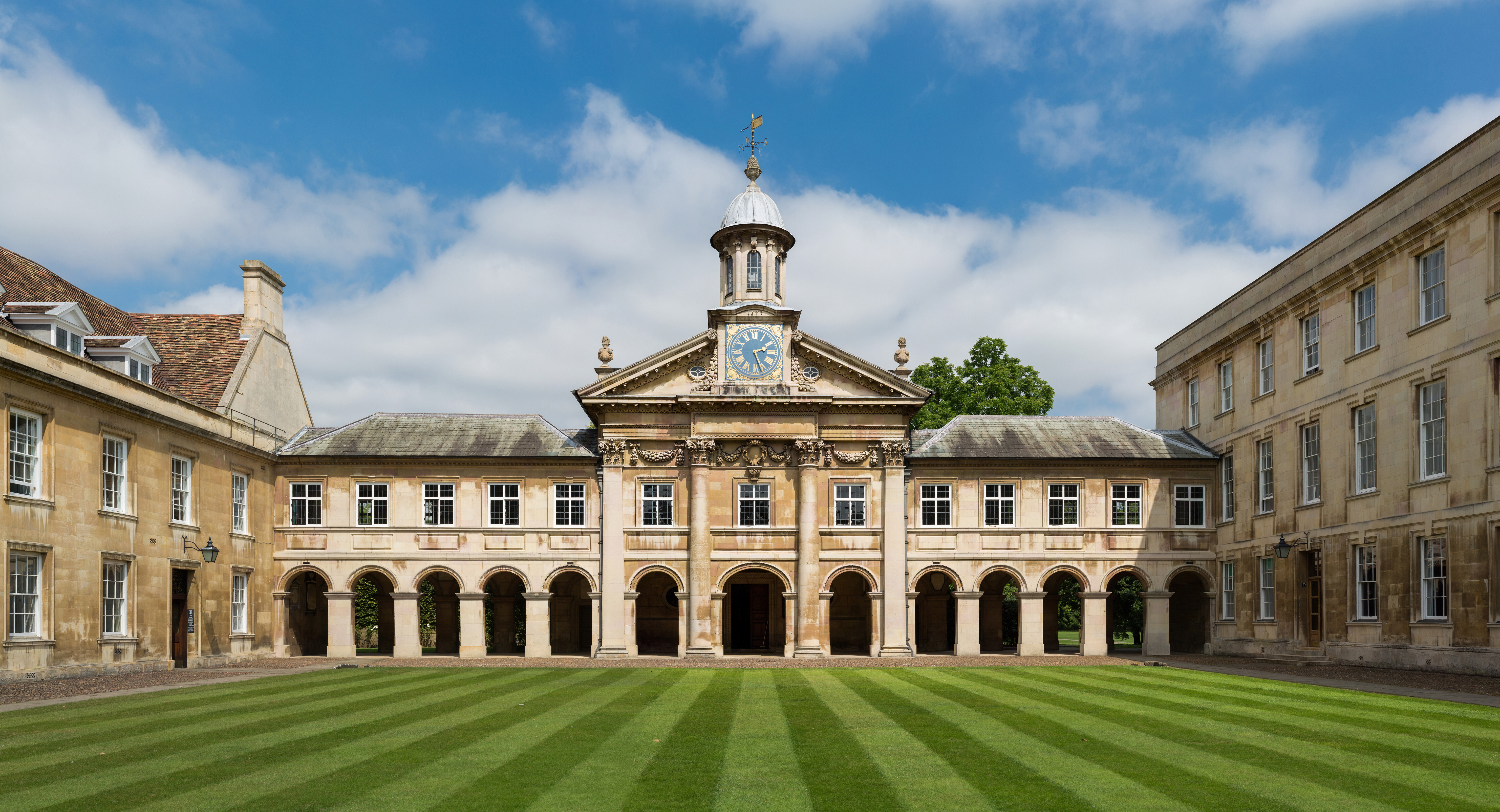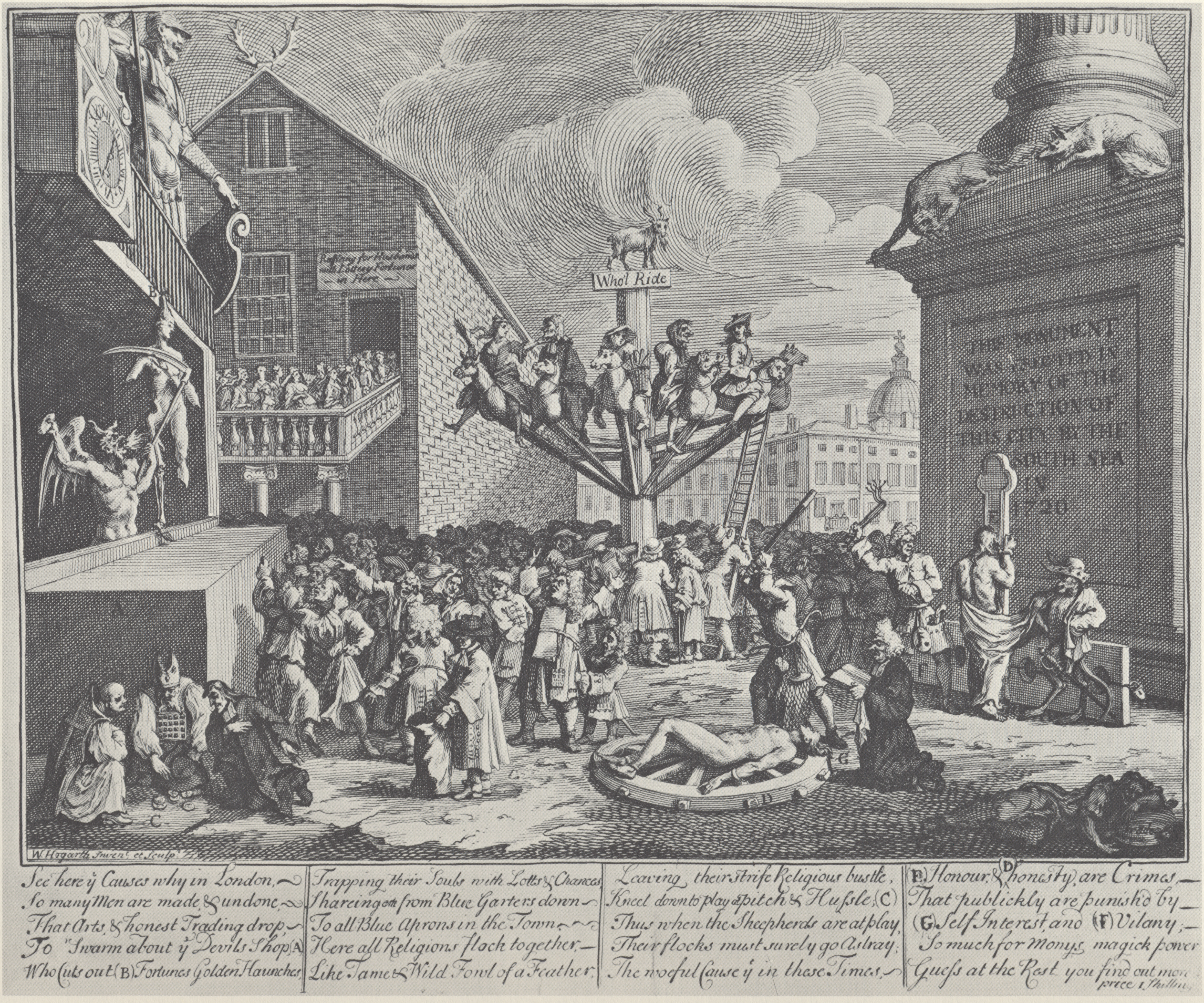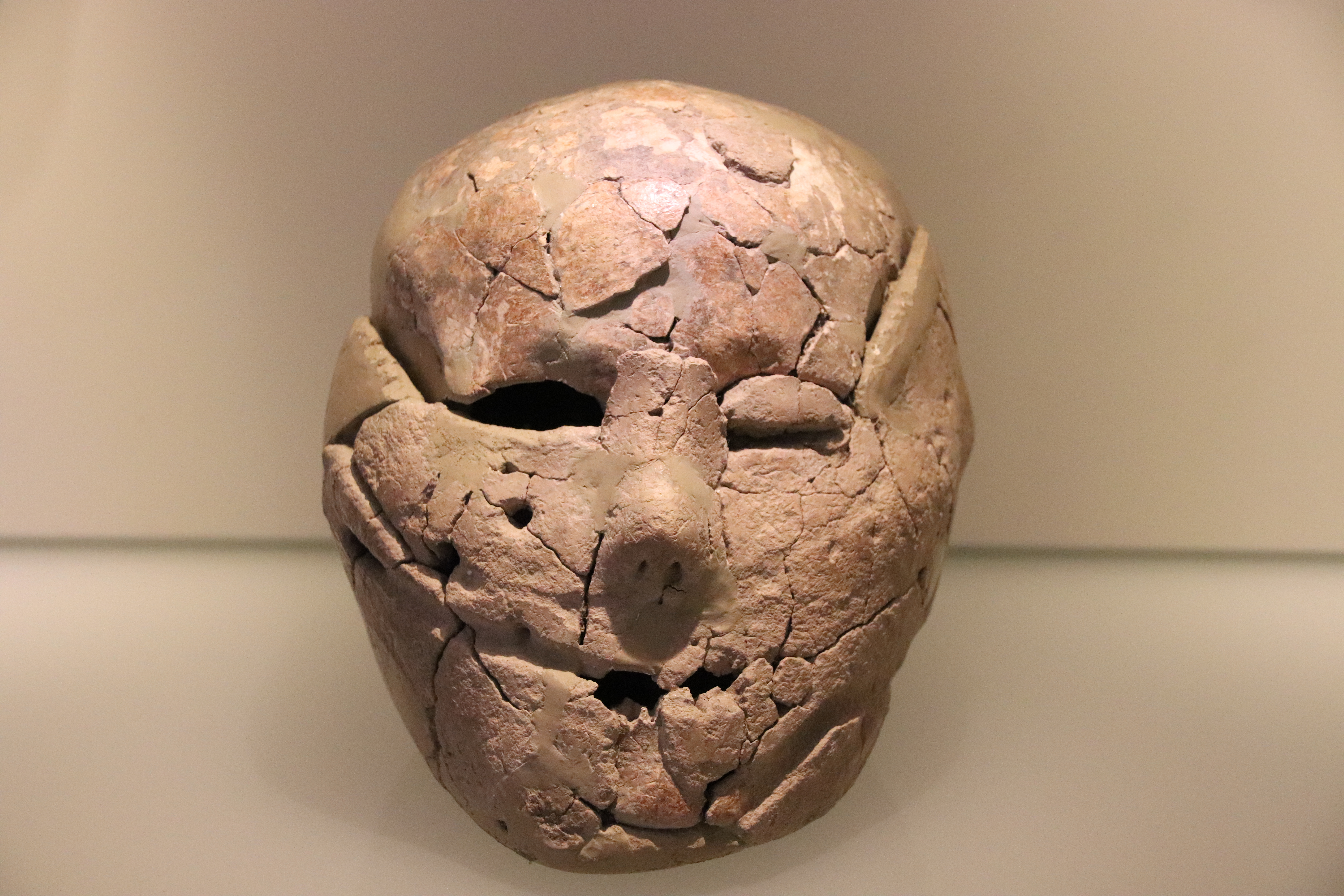|
Christopher Green (physician)
Christopher Green (1652–1741) was a Cambridge academic, Regius Professor of Physic from 1700 to 1741. The son of another Christopher Green, cook of Caius College, Green was christened at St Botolph's church, Cambridge, on 23 February 1651/52. He was seven years at the school of a Mr Griffith before he was admitted to Caius at the age of sixteen on 13 December 1667 and was a scholar from Michaelmas 1668 until Lady Day 1674, when he was elected a junior Fellow of his college. He graduated Bachelor of Arts in 1671-72 and Master of Arts in 1675, and from 1676 was ethical lecturer in the college. He was dean in 1682 and steward from 1684 to 1686, during which time he graduated Doctor of Medicine in 1685. He was appointed college bursar in 1687, then the next year lecturer in Greek.John Venn, Ernest Stewart Roberts, Edward John Gross, ''Biographical history of Gonville and Caius college, 1349-1897: containing a list of all known members of the college from the foundatio ... [...More Info...] [...Related Items...] OR: [Wikipedia] [Google] [Baidu] |
University Of Cambridge
, mottoeng = Literal: From here, light and sacred draughts. Non literal: From this place, we gain enlightenment and precious knowledge. , established = , other_name = The Chancellor, Masters and Scholars of the University of Cambridge , type = Public research university , endowment = £7.121 billion (including colleges) , budget = £2.308 billion (excluding colleges) , chancellor = The Lord Sainsbury of Turville , vice_chancellor = Anthony Freeling , students = 24,450 (2020) , undergrad = 12,850 (2020) , postgrad = 11,600 (2020) , city = Cambridge , country = England , campus_type = , sporting_affiliations = The Sporting Blue , colours = Cambridge Blue , website = , logo = University of Cambridge log ... [...More Info...] [...Related Items...] OR: [Wikipedia] [Google] [Baidu] |
Gate Of Honour Caius Court
A gate or gateway is a point of entry to or from a space enclosed by walls. The word derived from old Norse "gat" meaning road or path; But other terms include ''yett and port''. The concept originally referred to the gap or hole in the wall or fence, rather than a barrier which closed it. Gates may prevent or control the entry or exit of individuals, or they may be merely decorative. The moving part or parts of a gateway may be considered "doors", as they are fixed at one side whilst opening and closing like one. A gate may have a latch that can be raised and lowered to both open a gate or prevent it from swinging. Locks are also used on gates to increase the security. Larger gates can be used for a whole building, such as a castle or fortified town. Actual doors can also be considered gates when they are used to block entry as prevalent within a gatehouse. Today, many gate doors are opened by an automated gate operator. Purpose-specific types of gate * Baby gate a safe ... [...More Info...] [...Related Items...] OR: [Wikipedia] [Google] [Baidu] |
Alumni Of Gonville And Caius College, Cambridge
Alumni (singular: alumnus (masculine) or alumna (feminine)) are former students of a school, college, or university who have either attended or graduated in some fashion from the institution. The feminine plural alumnae is sometimes used for groups of women. The word is Latin and means "one who is being (or has been) nourished". The term is not synonymous with "graduate"; one can be an alumnus without graduating ( Burt Reynolds, alumnus but not graduate of Florida State, is an example). The term is sometimes used to refer to a former employee or member of an organization, contributor, or inmate. Etymology The Latin noun ''alumnus'' means "foster son" or "pupil". It is derived from PIE ''*h₂el-'' (grow, nourish), and it is a variant of the Latin verb ''alere'' "to nourish".Merriam-Webster: alumnus .. Separate, but from th ... [...More Info...] [...Related Items...] OR: [Wikipedia] [Google] [Baidu] |
1741 Deaths
Events January–March * January 13 – Lanesborough, Massachusetts is created as a township. *February 13 – Sir Robert Walpole, the Prime Minister of Great Britain, popularizes the term "the balance of power" in a speech in Parliament. *February 14 – Irish-born actor Charles Macklin makes his London stage debut as Shylock in ''The Merchant of Venice'' at the Theatre Royal, Drury Lane, pioneering a psychologically realistic style with Shakespeare's text revived, replacing George Granville's melodramatic adaptation ''The Jew of Venice''. *March 9 – Prussian troops bring down the Austrian fortress of Glogau (modern-day Głogów in Poland). *March 13 – The British Royal Navy takes 180 warships, frigates and transport vessels, led by Admiral Edward Vernon, to threaten Cartagena, Colombia, with more than 27,000 crew against the 3,600 defenders. April–June * April 6 – The New York Slave Insurrection, a plot to set fire to New ... [...More Info...] [...Related Items...] OR: [Wikipedia] [Google] [Baidu] |
1652 Births
Year 165 ( CLXV) was a common year starting on Monday (link will display the full calendar) of the Julian calendar. At the time, it was known as the Year of the Consulship of Orfitus and Pudens (or, less frequently, year 918 ''Ab urbe condita''). The denomination 165 for this year has been used since the early medieval period, when the Anno Domini calendar era became the prevalent method in Europe for naming years. Events By place Roman Empire * A Roman military expedition under Avidius Cassius is successful against Parthia, capturing Artaxata, Seleucia on the Tigris, and Ctesiphon. The Parthians sue for peace. * Antonine Plague: A pandemic breaks out in Rome, after the Roman army returns from Parthia. The plague significantly depopulates the Roman Empire and China. * Legio II ''Italica'' is levied by Emperor Marcus Aurelius. * Dura-Europos is taken by the Romans. * The Romans establish a garrison at Doura Europos on the Euphrates, a control point for the co ... [...More Info...] [...Related Items...] OR: [Wikipedia] [Google] [Baidu] |
John Martyn (botanist)
John Martyn or Joannes Martyn (12 September 1699 – 29 January 1768) was an English botanist. Life Martyn was born in London, the son of a merchant. He attended a school in the vicinity of his home, and when he turned 16, worked for his father, intending to follow a business career. He married Marie Anne Fonnereau, daughter of Claude Fonnereau, a Huguenot refugee who had settled in England and became a successful merchant. He abandoned this idea in favour of medical and botanical studies. His interest in botany came from his acquaintance with an apothecary, John Wilmer, and Dr. Patrick Blair, a surgeon-apothecary from Dundee who practiced in London. Martyn gave some botanical lectures in London in 1721 and 1726, and in 1727 was elected a Fellow of the Royal Society of London. Martyn was one of the founders (with Johann Jacob Dillenius and others) and the secretary of a botanical society which met for a few years in the Rainbow coffee-house, Watling Street. In 1732 he w ... [...More Info...] [...Related Items...] OR: [Wikipedia] [Google] [Baidu] |
William Hogarth
William Hogarth (; 10 November 1697 – 26 October 1764) was an English painter, engraver, pictorial satirist, social critic, editorial cartoonist and occasional writer on art. His work ranges from realistic portraiture to comic strip-like series of pictures called "modern moral subjects", and he is perhaps best known for his series '' A Harlot's Progress'', '' A Rake's Progress'' and '' Marriage A-la-Mode''. Knowledge of his work is so pervasive that satirical political illustrations in this style are often referred to as "Hogarthian". Hogarth was born in London to a lower-middle-class family. In his youth he took up an apprenticeship with an engraver, but did not complete the apprenticeship. His father underwent periods of mixed fortune, and was at one time imprisoned in lieu of outstanding debts, an event that is thought to have informed William's paintings and prints with a hard edge. Influenced by French and Italian painting and engraving, Hogarth's works are most ... [...More Info...] [...Related Items...] OR: [Wikipedia] [Google] [Baidu] |
Portrait
A portrait is a painting, photograph, sculpture, or other artistic representation of a person, in which the face and its expressions are predominant. The intent is to display the likeness, personality, and even the mood of the person. For this reason, in photography a portrait is generally not a snapshot, but a composed image of a person in a still position. A portrait often shows a person looking directly at the painter or photographer, in order to most successfully engage the subject with the viewer. History Prehistorical portraiture Plastered human skulls were reconstructed human skulls that were made in the ancient Levant between 9000 and 6000 BC in the Pre-Pottery Neolithic B period. They represent some of the oldest forms of art in the Middle East and demonstrate that the prehistoric population took great care in burying their ancestors below their homes. The skulls denote some of the earliest sculptural examples of portraiture in the history of art. Historical ... [...More Info...] [...Related Items...] OR: [Wikipedia] [Google] [Baidu] |
Christopher Wordsworth
Christopher Wordsworth (30 October 180720 March 1885) was an English intellectual and a bishop of the Anglican Church. Life Wordsworth was born in London, the youngest son of Christopher Wordsworth, Master of Trinity, who was the youngest brother of the poet William Wordsworth. Thus, Wordsworth was a nephew of the celebrated poet. Wordsworth was the younger brother of the classical scholar John Wordsworth and Charles Wordsworth, Bishop of Saint Andrews, Dunkeld and Dunblane. He was educated at Winchester and Trinity, Cambridge. Like his brother Charles, he was distinguished as an athlete as well as for scholarship. He won the Chancellor's Gold Medal for poetry in 1827 and 1828. He became senior classic, and was elected a fellow and tutor of Trinity in 1830; shortly afterwards he took holy orders. He went for a tour in Greece in 1832–1833, and published various works on its topography and archaeology, the most famous of which is "Wordsworth's" ''Greece'' (1839). In 1836 ... [...More Info...] [...Related Items...] OR: [Wikipedia] [Google] [Baidu] |
Man Of Letters
An intellectual is a person who engages in critical thinking, research, and reflection about the reality of society, and who proposes solutions for the normative problems of society. Coming from the world of culture, either as a creator or as a mediator, the intellectual participates in politics, either to defend a concrete proposition or to denounce an injustice, usually by either rejecting or producing or extending an ideology, and by defending a system of values. Etymological background "Man of letters" The term "man of letters" derives from the French term '' belletrist'' or ''homme de lettres'' but is not synonymous with "an academic". A "man of letters" was a literate man, able to read and write, as opposed to an illiterate man in a time when literacy was rare and thus highly valued in the upper strata of society. In the 17th and 18th centuries, the term ''Belletrist(s)'' came to be applied to the ''literati'': the French participants in—sometimes referred to a ... [...More Info...] [...Related Items...] OR: [Wikipedia] [Google] [Baidu] |
Isaac Pennington
:''See Isaac Penington (other) for other people with a similar name.'' Sir Isaac Pennington (1745–1817) was an English physician, of whom there are two portraits in the National Portrait Gallery. Isaac Pennington was educated at Sedbergh School and St John's College, Cambridge. From 1773 to 1817 he was physician to Addenbrooke's Hospital in Cambridge and from 1793 to 1817 Regius Professor of Physic at Cambridge University , mottoeng = Literal: From here, light and sacred draughts. Non literal: From this place, we gain enlightenment and precious knowledge. , established = , other_name = The Chancellor, Masters and Schola .... References External links * 1745 births 1817 deaths 18th-century English medical doctors Alumni of St John's College, Cambridge Regius Professors of Physic (Cambridge) Professors of chemistry (Cambridge, 1702) {{UK-med-bio-stub ... [...More Info...] [...Related Items...] OR: [Wikipedia] [Google] [Baidu] |
Russell Plumptre
Russell may refer to: People * Russell (given name) * Russell (surname) * Lady Russell (other) * Lord Russell (other) Places Australia *Russell, Australian Capital Territory * Russell Island, Queensland (other) **Russell Island (Moreton Bay) **Russell Island (Frankland Islands) *Russell Falls, Tasmania *A former name of Westerway, Tasmania Canada *Russell, Ontario, a township in Ontario * Russell, Ontario (community), a town in the township mentioned above. *Russell, Manitoba * Russell Island (Nunavut) New Zealand *Russell, New Zealand, formerly Kororareka *Okiato or Old Russell, the first capital of New Zealand Solomon Islands *Russell Islands United States *Russell, Arkansas *Russell City, California, formerly Russell * Russell, Colorado * Russell, Georgia *Russell, Illinois *Russell, Iowa *Russell, Kansas *Russell, Kentucky, in Greenup County *Russell, Louisville, Kentucky *Russell, Massachusetts, a New England town **Russell (CDP), Massachuse ... [...More Info...] [...Related Items...] OR: [Wikipedia] [Google] [Baidu] |


.jpg)







